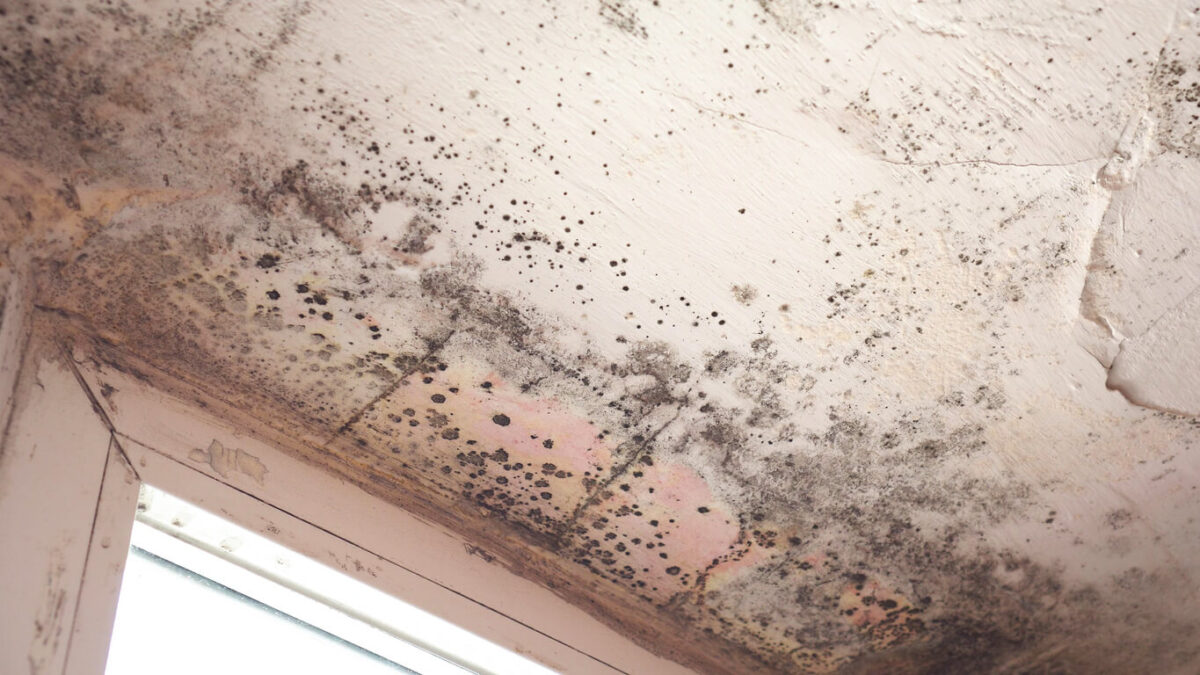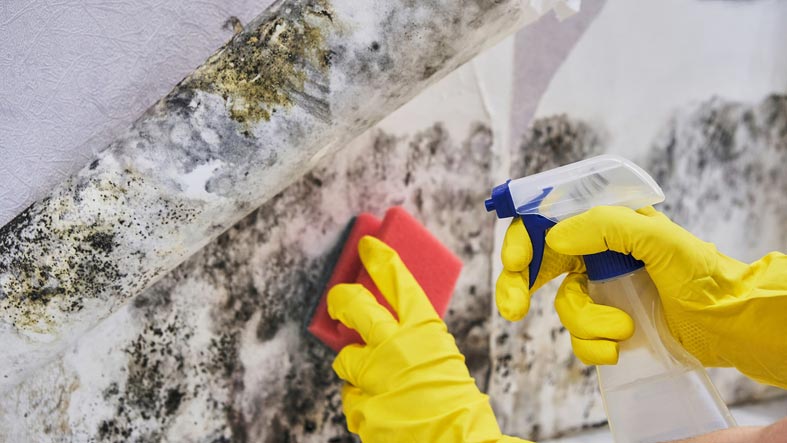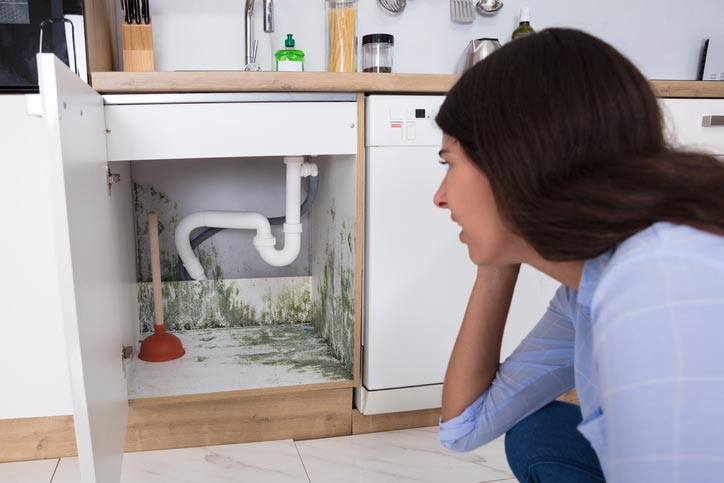In today’s world, the environment stands at the forefront of global discussions. With climate change and pollution becoming ever-pressing issues, how we manage waste plays a critical role in ensuring a sustainable future. Waste management might not be glamorous, but it’s crucial for the health of our planet. From recycling old newspapers to efficiently disposing of hazardous waste, understanding the environmental impact of waste management can inspire and empower communities to take meaningful steps for their future.
The Basics: What Is Waste Management?
Before diving into the environmental ramifications, it’s essential to grasp the fundamentals of waste management. At its core, waste management involves the collection, transportation, processing, recycling, and disposal of waste materials. It encompasses a variety of processes tailored to different types of waste, from residential trash to industrial byproducts. Effective management means minimizing the waste that ends up in landfills.
The goal is to protect both human health and the environment by reducing the harmful effects of waste. Through innovative techniques and awareness campaigns, cities and towns around the world are seeing the benefits of a comprehensive waste management system. From New York City to Tokyo, cities have introduced recycling programs and policies to encourage waste reduction.
Landfills: Navigating Through the Problems
A pivotal part of the waste management ecosystem, landfills have long been the primary method for waste disposal. However, while they offer a solution for disposing of waste, they come with significant environmental challenges. As waste decomposes, it produces methane, a powerful greenhouse gas that contributes to climate change.
These dumps also risk contaminating nearby water and soil, affecting local ecosystems and human health. There are efforts to overcome these challenges, such as improved landfill designs and methane capture systems. But these are still playing catch-up with the growing amount of waste.
Moreover, space is running out. With increasing urban populations, finding available land for new landfills is becoming more difficult. This is where innovative waste management solutions come into play, helping to reduce reliance on landfills.
Recycling: More Than Just a Bin
Recycling isn’t just about separating plastics from metals; it’s about conserving resources and reducing the ecological footprint. By recycling, we conserve raw materials and energy that would have been used in manufacturing. This not only decreases pollution but also plays a part in preserving natural habitats.
E-waste is an often-overlooked component of recycling. Old gadgets and phones contain valuable metals that can be reused. By recycling electronic waste, we reduce the need for mining, which can be destructive to environments worldwide. Recycling initiatives have grown more sophisticated over the years. Many cities have set up comprehensive curbside recycling programs to make it easier for residents to participate.
Communities that engage in recycling efforts can greatly reduce the waste that hits landfills. By doing so, they mitigate the environmental impact and create sustainable environments.
Comprehensive Waste Solutions: A Holistic Approach
Taking a broader approach, comprehensive waste solutions involve several techniques employed together. It’s about maximizing efficacy. For instance, composting biodegradable waste reduces landfill use and creates nutrient-rich soil for agriculture. Many households have begun embracing small-scale composting solutions to reduce their waste output further.
In urban settings, the need for organized solutions is even greater. Here, services like dumpster rentals provide an effective means of managing large waste volumes. Utilizing these services can ensure that waste is properly disposed of or recycled, limiting its environmental impact. Consider utilizing residential and commercial dumpster rental in New Castle, DE and affordable dumpsters in Wilmington to streamline efficient waste collection and disposal.
With dumpster rental options, you can manage waste efficiently and contribute to a cleaner environment. Sustainable methods, like waste-to-energy initiatives, also offer promising avenues for waste reduction. By converting waste into electricity, we can generate power with lower emissions compared to other sources.
Local Practices: Community Efforts in Waste Management
Communities play a pivotal role in sustainable waste management. Local policies, educational initiatives, and local businesses can drive change. Imagine a community where everyone comes together for recycling drives or clean-up events — the collective result is an environment with reduced waste and greater awareness of sustainable practices.
In locations like dumpster rental in Millsboro, DE, businesses offer tailored solutions to meet community needs. Residents are more likely to engage with sustainable practices when they are convenient and accessible. Community-led programs turn the abstract concept of waste reduction into a tangible effort that individuals can participate in.
By fostering relationships with local businesses and services, communities can have the tools necessary for effective waste management. These relationships help ensure the long-term success of waste management strategies while also supporting local economies.
Educating Future Generations: The Key to Long-Term Impact
The foundation of sustainable waste management rests in education, starting with the youngest members of our society. Building an understanding and appreciation for the environment in children can lead to a future of informed citizens who value sustainability.
Schools can introduce topics such as recycling, composting, and waste reduction into their curriculums. Extracurricular clubs can undertake projects, turning theoretical knowledge into practice. Field trips to recycling centers or city dumps provide children with a firsthand look at the waste problem and potential solutions. Such experiences solidify the importance of waste management.
Outside of schools, families can encourage sustainable habits. Including children in discussions about waste and involving them in sorting recyclables helps to instill lifelong habits. These efforts propel future generations towards innovation and responsibility.
Beyond Waste: Linking Management with Broader Sustainability
Waste management doesn’t exist in a vacuum. It intertwines with broader sustainability efforts that aim to protect our planet. By reducing waste, we also diminish our carbon footprint, lessen pollution, and conserve resources, contributing to a healthier world.
Sustainable living extends to many facets beyond waste management. It calls for changes in how we consume products, design packaging, and even conceptualize urban spaces. Industries around the world are taking notice, transitioning towards production processes that incorporate recycled materials and generate less waste.
The future of waste management looks beyond simply disposing of trash. It’s about creating systems that promote a lifestyle respectful of our world. Taking these steps now will vastly impact the legacy we leave behind for future generations.
The Power of Collaborative Efforts
The responsibility of waste management and environmental conservation falls on every individual’s shoulder, from policymakers to consumers. It’s a shared mission that calls for collaborative efforts, as everyone has a role to play.
Government policies are critical. By establishing stringent waste disposal regulations and providing incentives for recycling and green technology, governments can motivate both businesses and individuals to adopt more sustainable practices. These policies, in turn, inspire technological advancements, creating an ecosystem conducive to sustainable development.
In addition, collaborations between businesses, recycling plants, waste management facilities, and civic organizations lead to innovative strategies. With every supportive partnership and every new initiative launched, we edge closer to a future of comprehensive sustainability.




